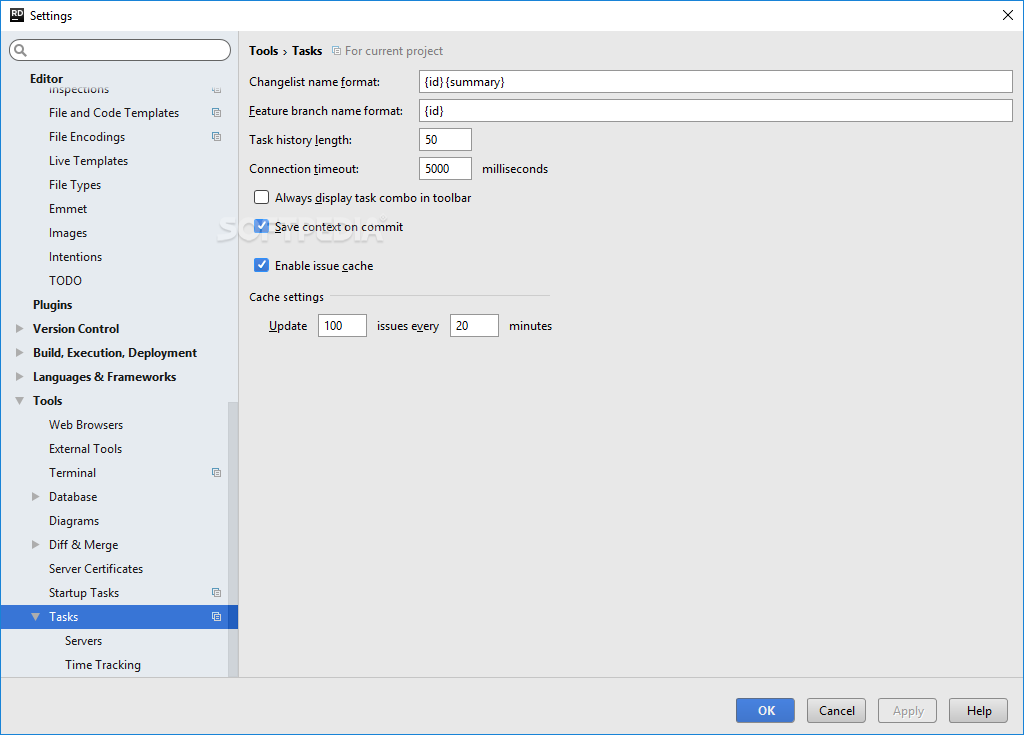
For now, the remote server must be Linux, but there are plans for Mac and Windows support. JetBrains recommends starting with a remote server with at least 2 cores, at least 4 GB of RAM and at least 5 GB of disk space, but it all depends on the solution and development workflows. JetBrains Gateway is a solution if only remote development is planned.Īnother essential is a remote server with a working SSH server. An alternative option is JetBrains Gateway, which has identical features but only installs a thin client. To use Remote Development, it is necessary to install the latest version of JetBrains Rider - version 2022.3 or later. This gives the impression that the IDE is running locally, even though all processing is done on a remote server. A thin client runs locally and connects to this IDE backend and provides a fully functional user interface. The IDE is installed as a backend service where it loads a project without displaying a user interface. Remote Development connects to an existing server via SSH. A thin client based on the IntelliJ platform, allows users to leverage the same Rider development workflows as locally. JetBrains Remote Development can host source code, toolchain and IDE backend on any remote server that supports SSH. This feature was already previously introduced for other JetBrains IDEs built on the IntelliJ platform.

JetBrains Rider 2022.2 has access to a Beta version of Remote Development. The workflow of the tool is smooth as editing is done locally and the JetBrains client synchronises changes with the backend. It is also required to have a server with working SSH. It can be handled by JetBrains Rider or JetBrains Gateway.

The tool works by locally running a thin client and connecting to the IDE backend which gives a fully functional user interface. JetBrains provides access to Remote Development Beta.


 0 kommentar(er)
0 kommentar(er)
